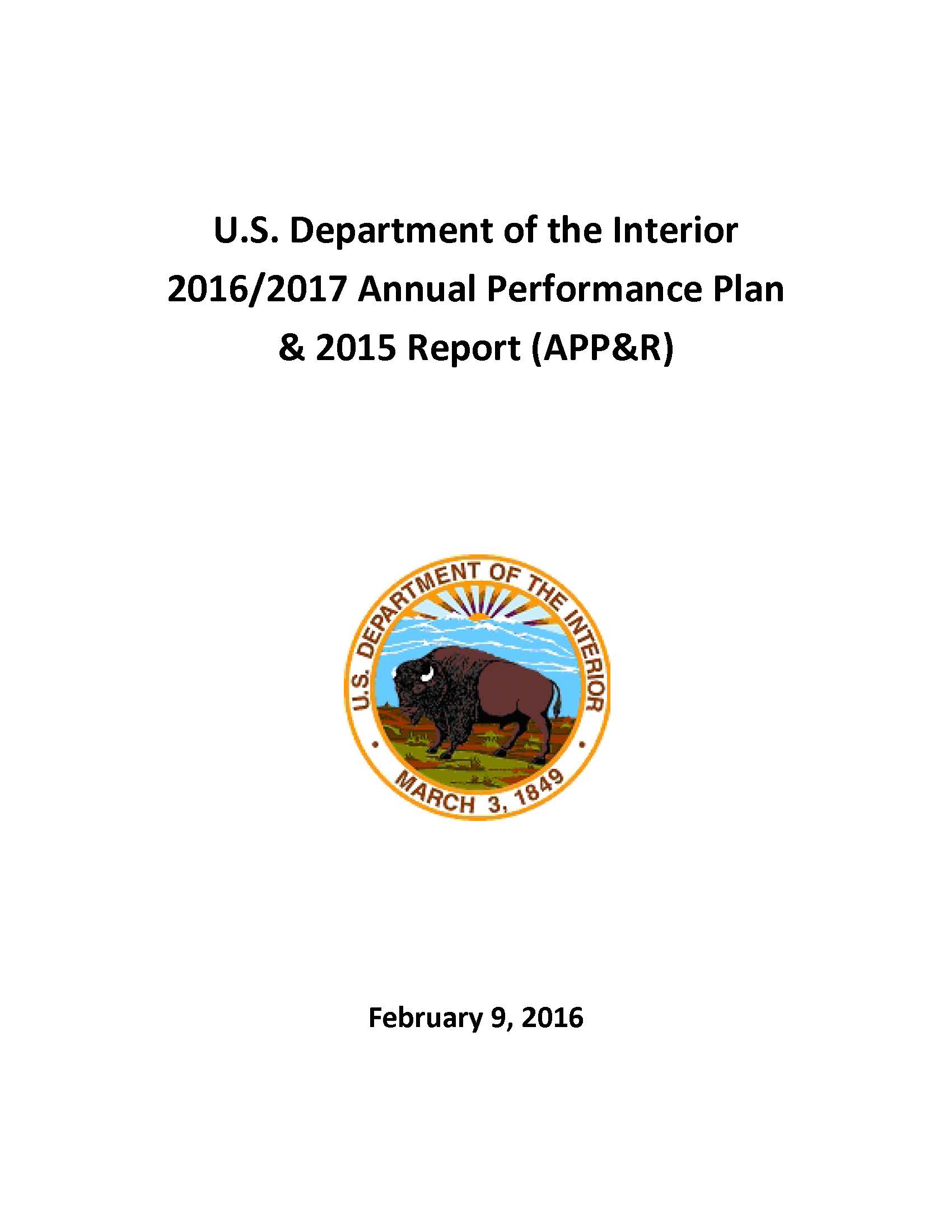- Home
- Agencies
- Department of Agriculture
- Department of Housing and Urban Development
- General Services Administration
- Department of Commerce
- Department of the Interior
- National Aeronautics and Space Administration
- Department of Defense
- Department of Justice
- National Science Foundation
- Department of Education
- Department of Labor
- Office of Personnel Management
- Department of Energy
- Department of State
- Small Business Administration
- Environmental Protection Agency
- Department of Transportation
- Social Security Administration
- Department of Health and Human Services
- Department of the Treasury
- U.S. Agency for International Development
- Department of Homeland Security
- Department of Veterans Affairs
- Goals
- Initiatives
- Programs
Primary tabs
Key to Changes
This text is Revised text
This word has been added to the text
This text is Last Published text
This word has been removed from the text
Modifed styling with no visual changes
Strategic Objective
Ensure the use of landscape-level capabilities and mitigation actions
Strategic Objective
Overview
The USGS works with its many partners to deliver a comprehensive and high resolution characterization of the Nation’s land surface. Modern mapping includes Earth observations from many platforms (such as satellites and aircraft) and uses continuously evolving technologies that can sense and map an expanding list of features using the latest technologies. Highly accurate elevation maps and data, for example, are essential for hazards mitigation, conservation, infrastructure development, national security, coastal shoreline erosion, and many other applications. The benefits apply to flood risk management, agriculture and precision farming, water supply, homeland security, renewable energy, aviation safety, and other activities. Specific examples demonstrating the benefits of geospatial information include: emergency responders for search and rescue missions, Federal Emergency Management Agency (FEMA) for preliminary damage assessments and rebuilding efforts from natural disasters, and entrepreneurial companies for mobile device applications. Although US topographic maps are updated on a 3-year cycle, all geospatial layers regardless of vintage are archived and continue to provide value to the public for historical trends. Hawaii and Puerto Rico topographic maps have also recently been revised.
Read Less...Progress Update
Overall performance is sustained in FY 2015 due to a more stable production system, software improvements, production efficiencies, and a more experienced technical workforce. The USGS updates all topographic maps for the conterminous United States on a 3-year cycle. The USGS’s goal is to reach 100 percent every third year, and then reset the target to zero for the next 3-year cycle of map updates. Elevation data coverage for five percent of the lower 48 states, Hawaii, the District of Columbia, and Puerto Rico was made accessible using the newly operational 3DEP systems. Elevation data is also available to the public for over 49 percent of the surface area of Alaska.
The Geospatial Platform performance improved in FY 2015 as contributing bureaus put more emphasis on landscape-level planning and mitigation to address one of the Secretary’s priorities. These performance measures will demonstrate how the Department is leveraging its role as the managing partner for the National Geospatial Platform to turn vast amounts of data into usable information and advance broader based and more consistent landscape and resource management.
The other landscape level performance measures underperformed for two main reasons: 1) FY 2015 was the baseline year, so the targets were not based on any historical data and were simply “best guesses” by the participating bureaus; and 2) participating bureaus are still developing their processes for counting their respective measures. These issues will be resolved in FY 2016. One measure, “Number of landscape level mitigation strategies and projects with mitigation actions….” was split into two measures during Q4 FY 2015.








